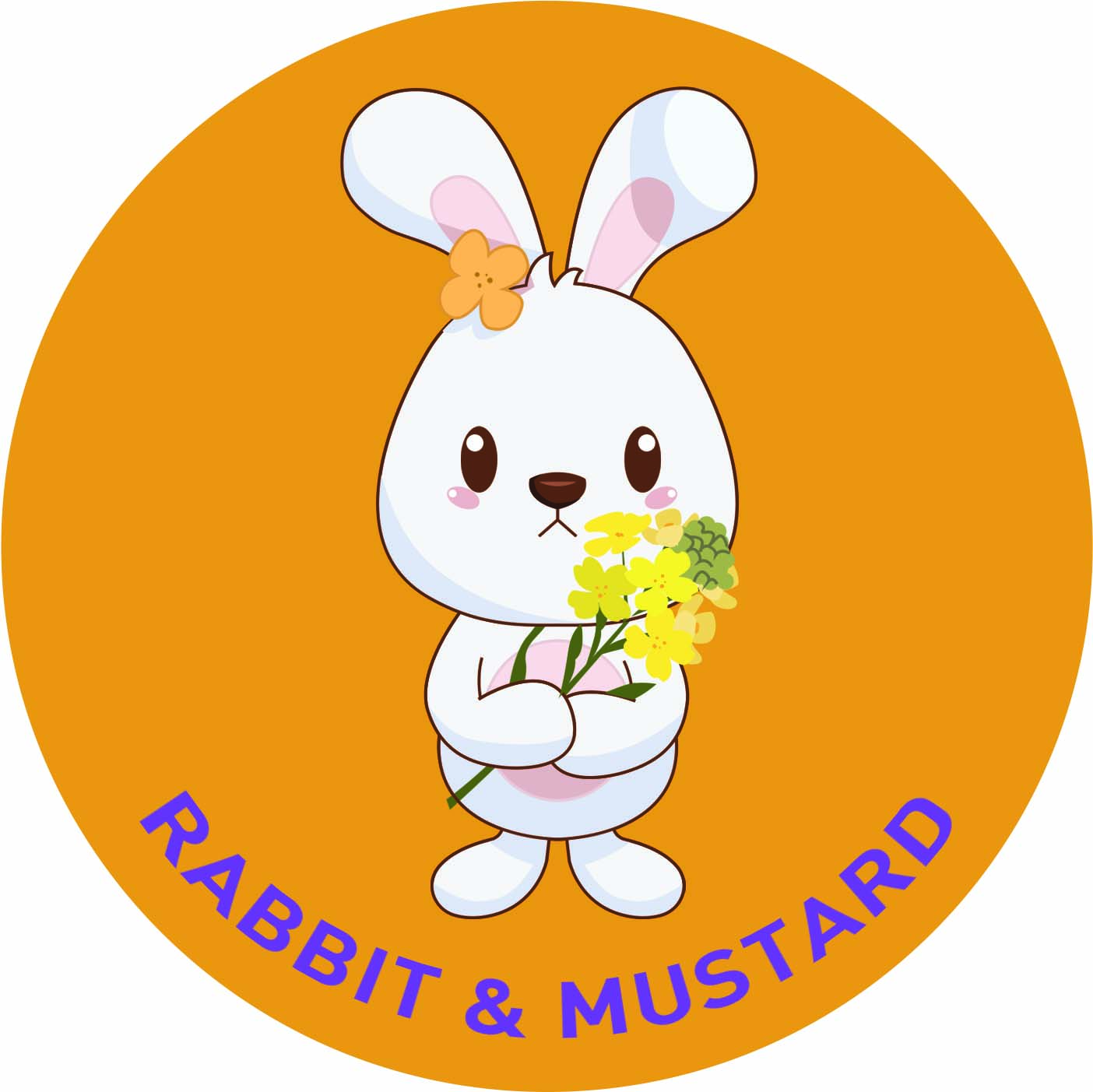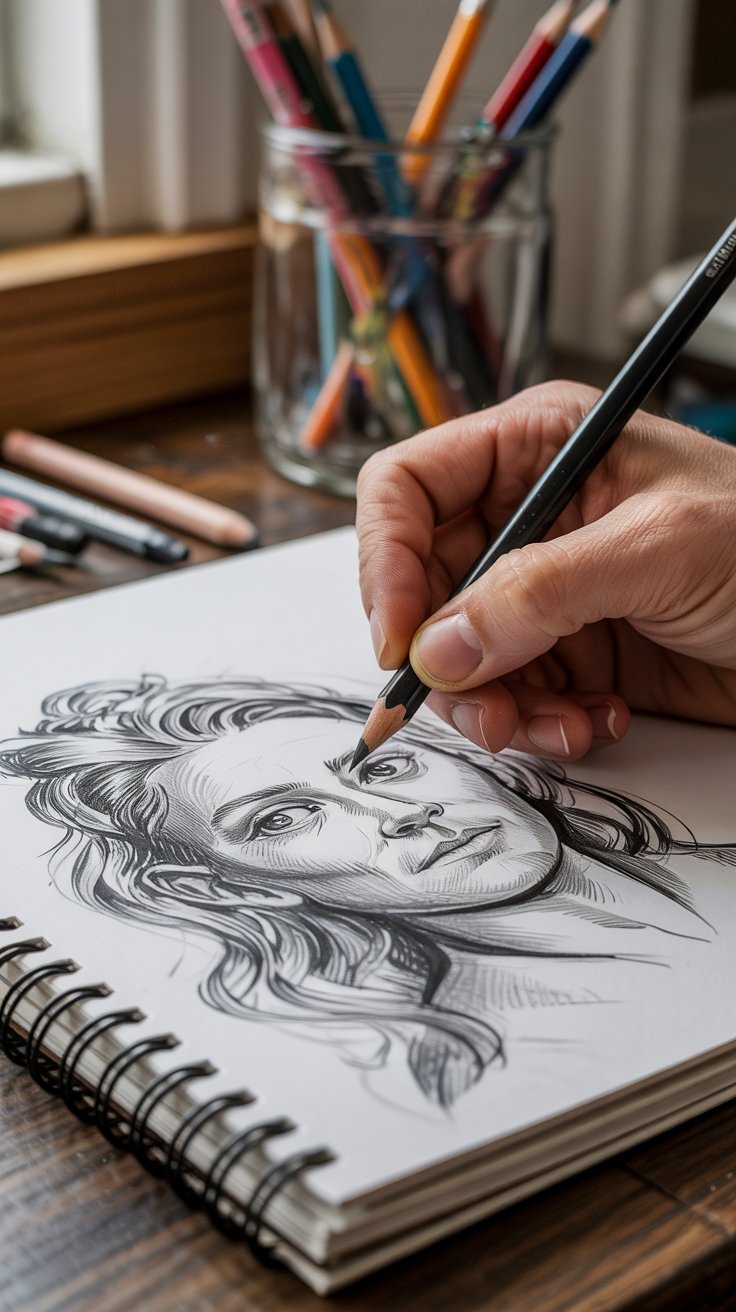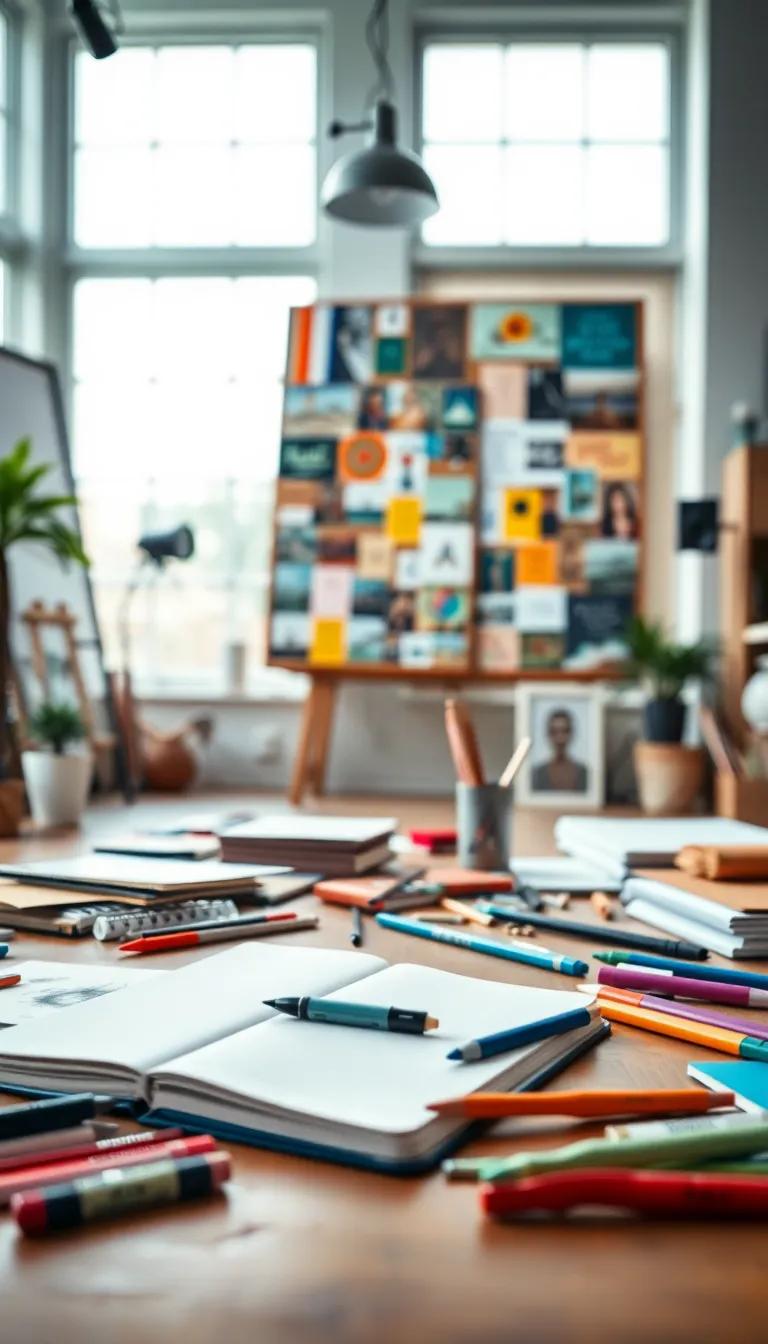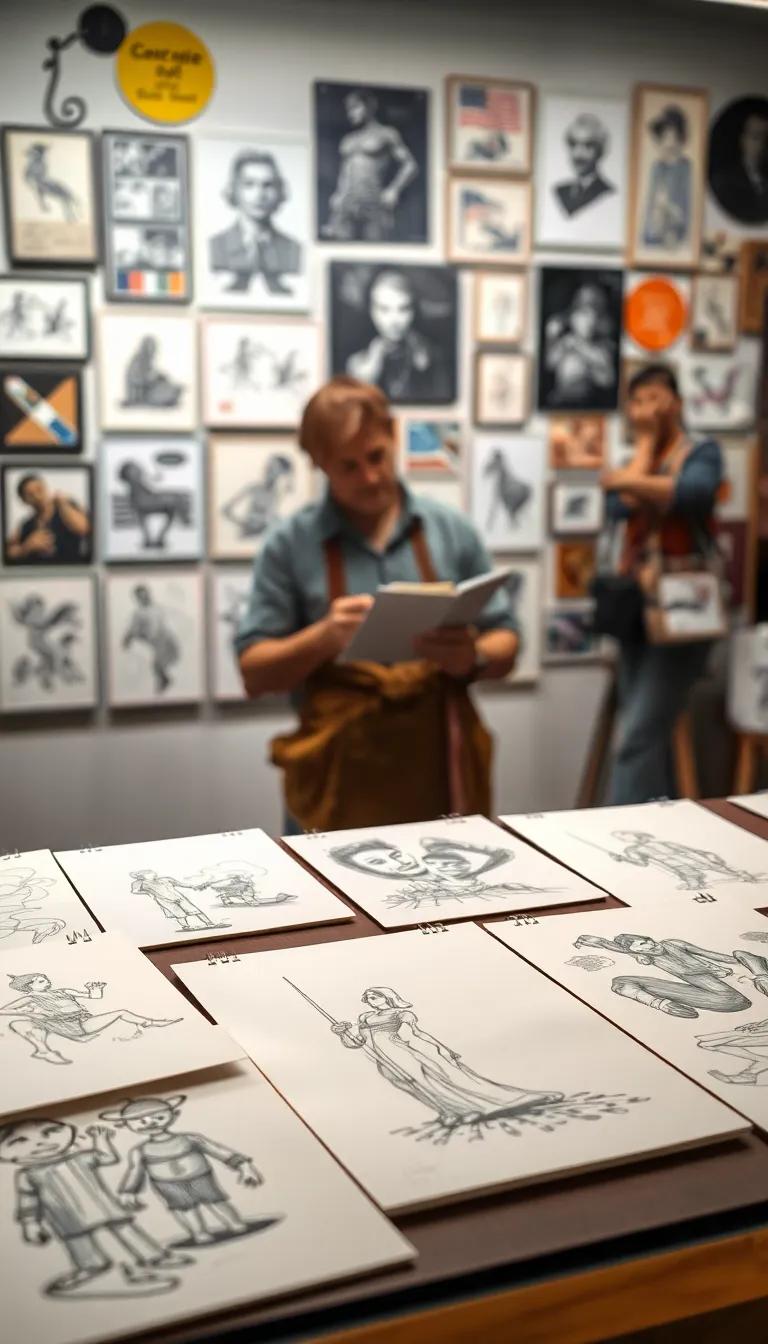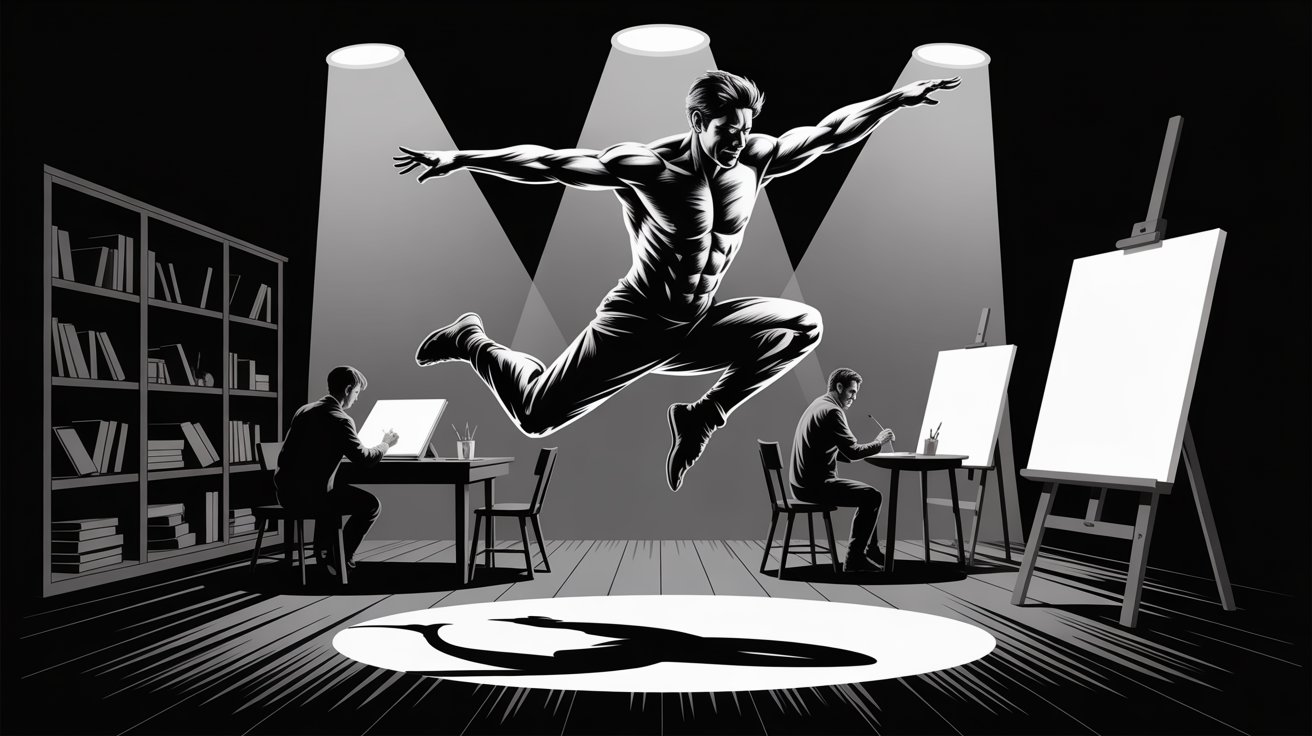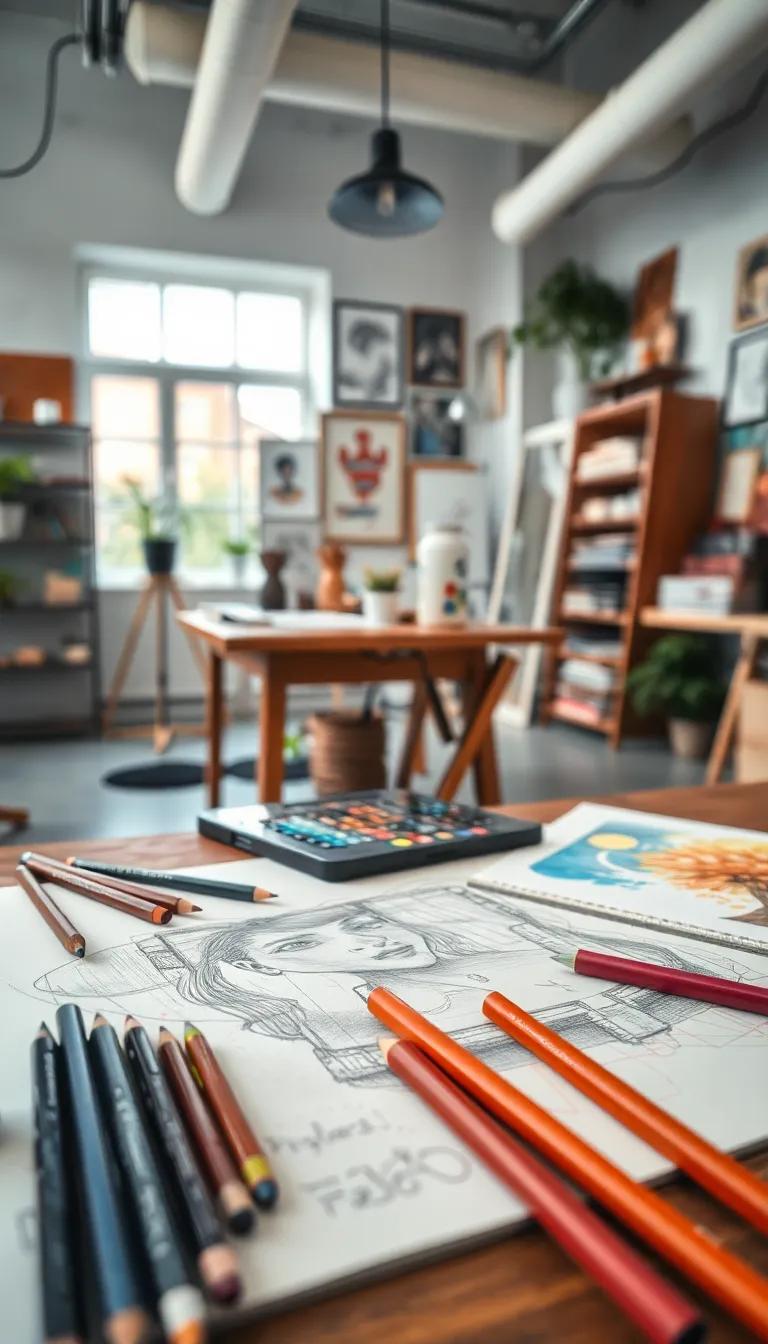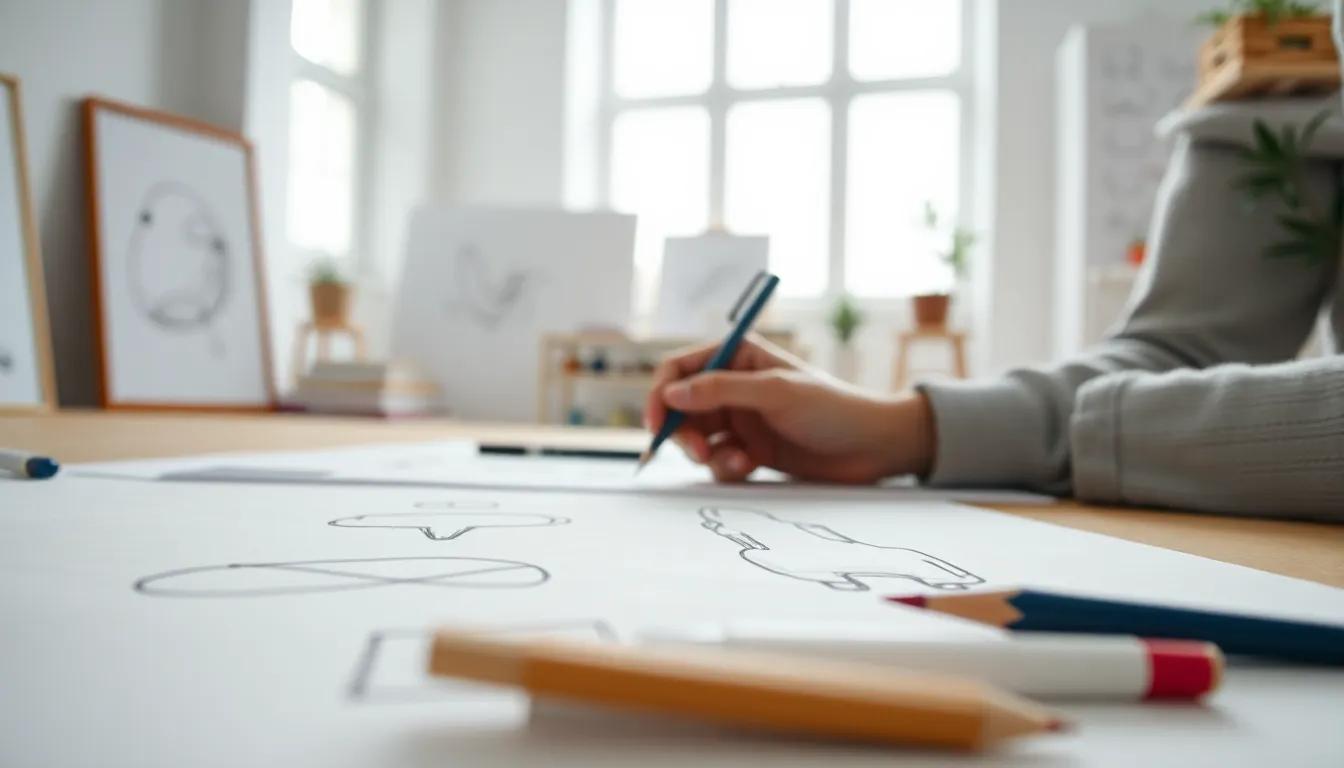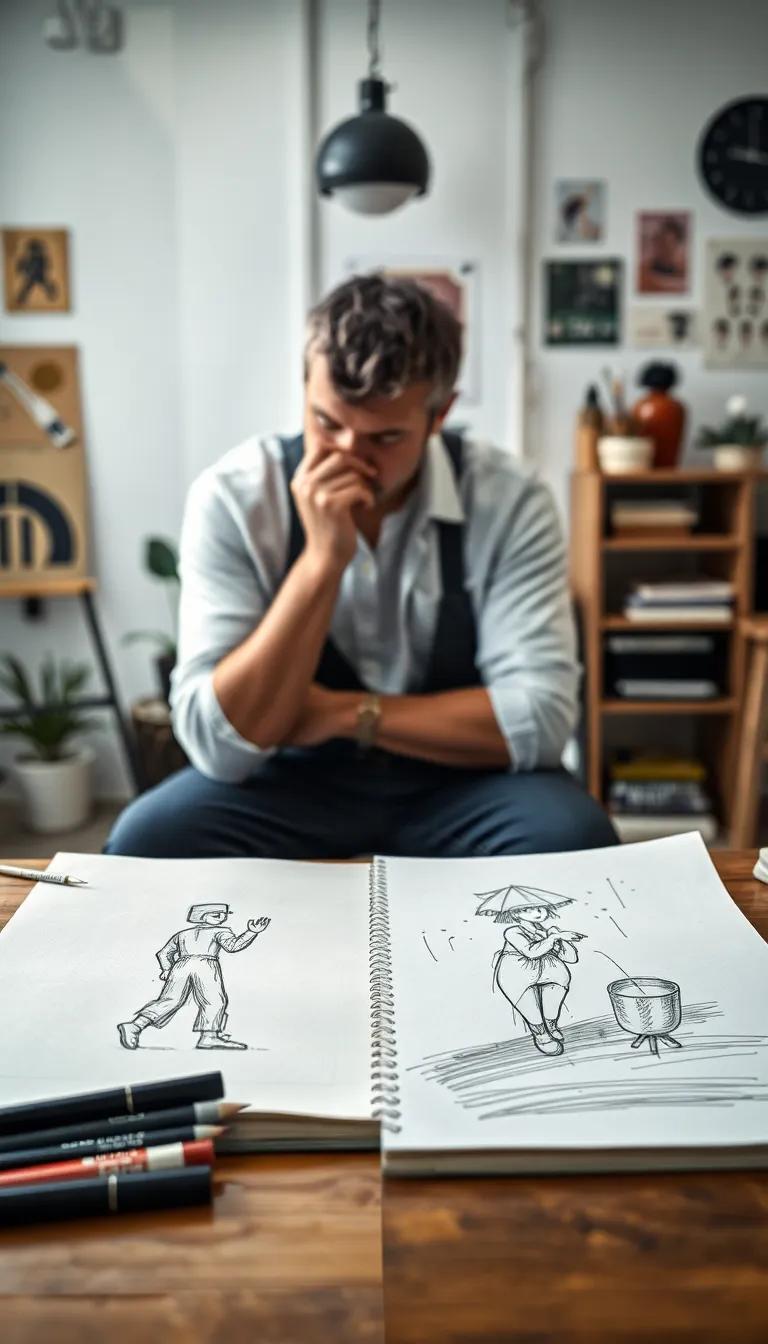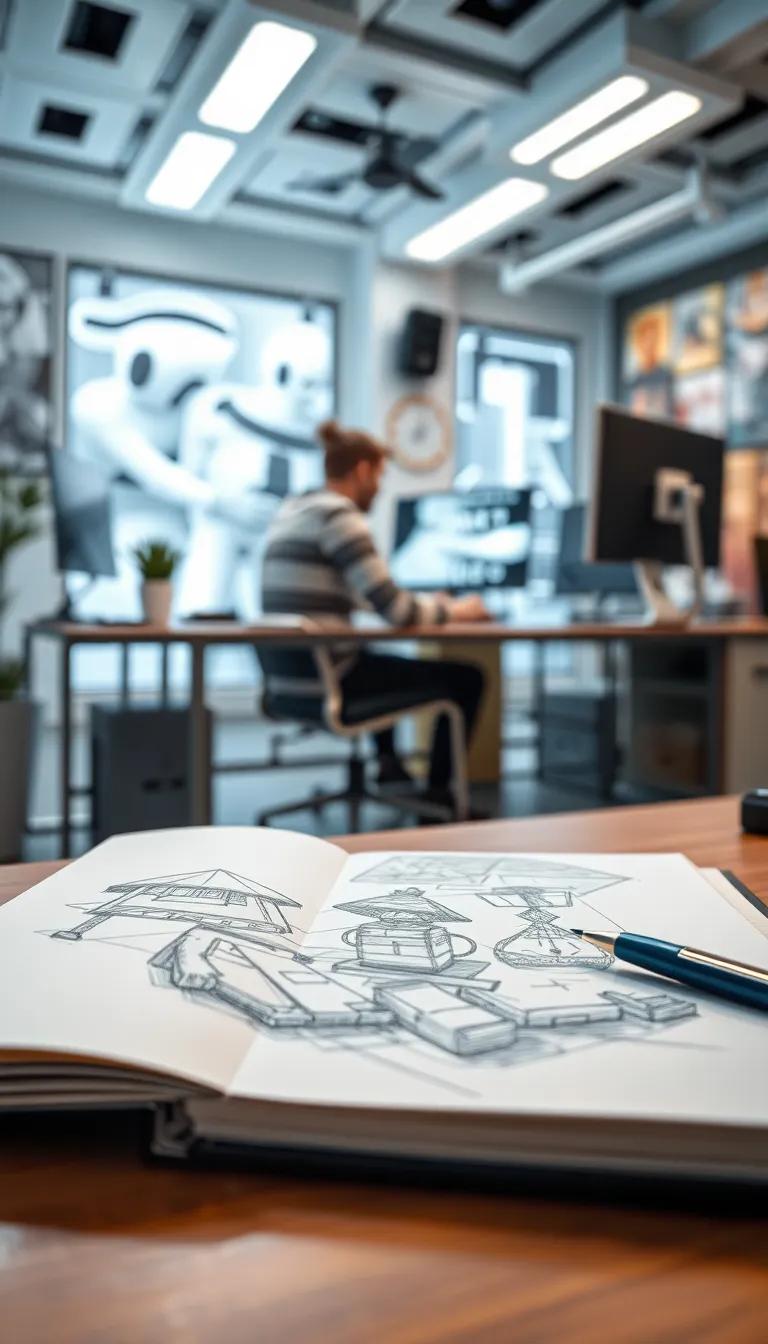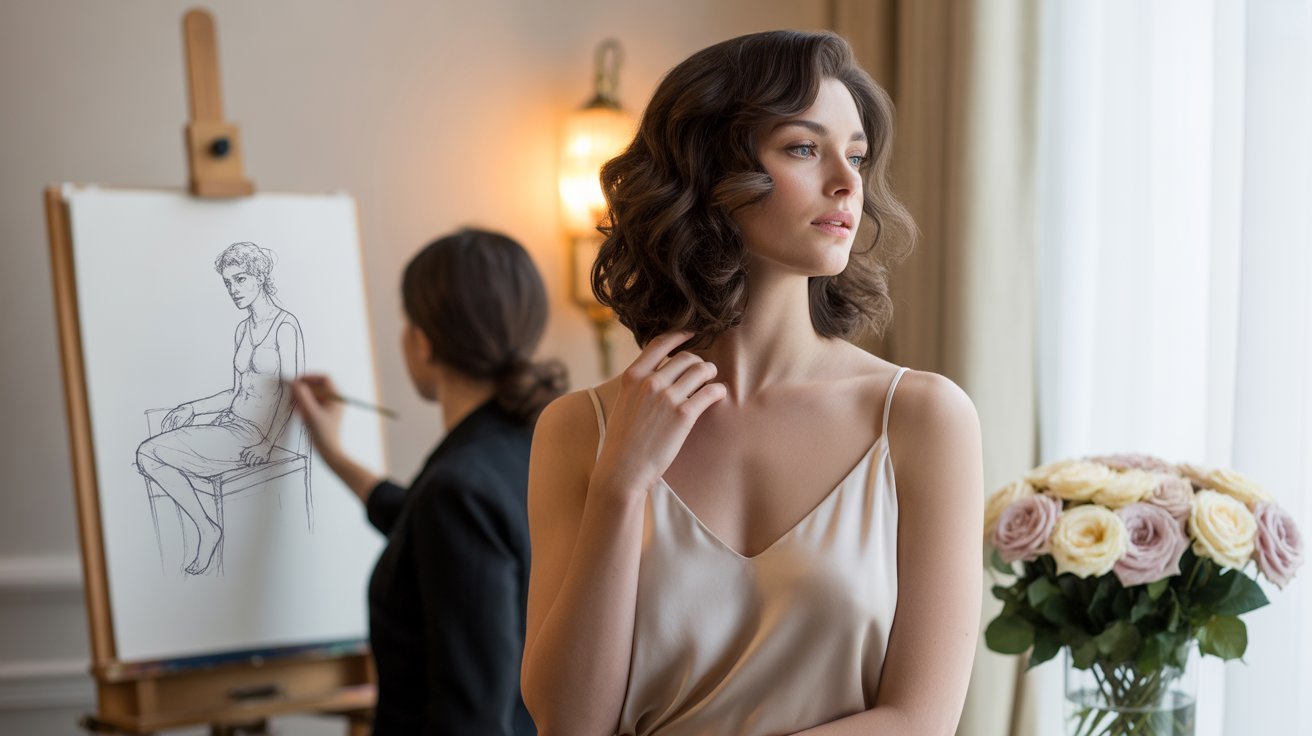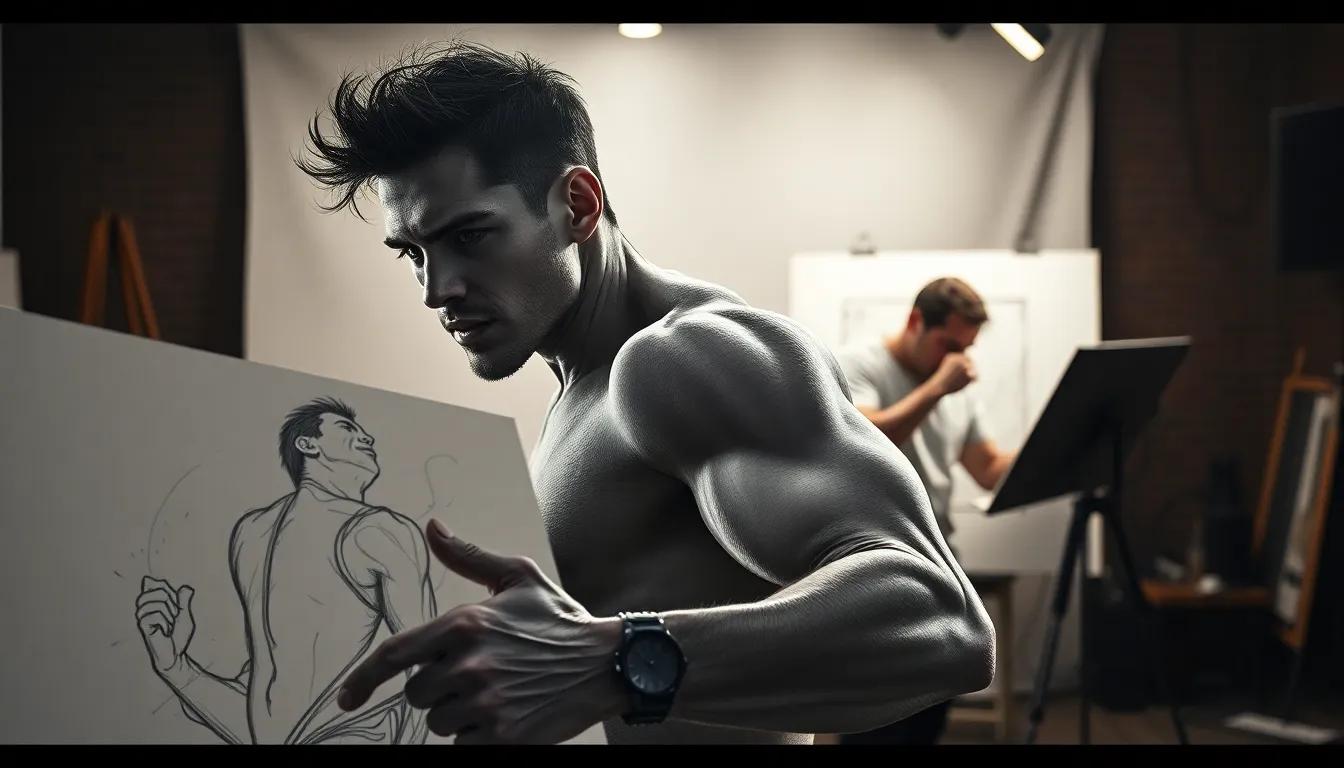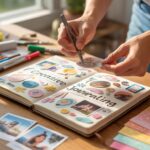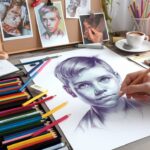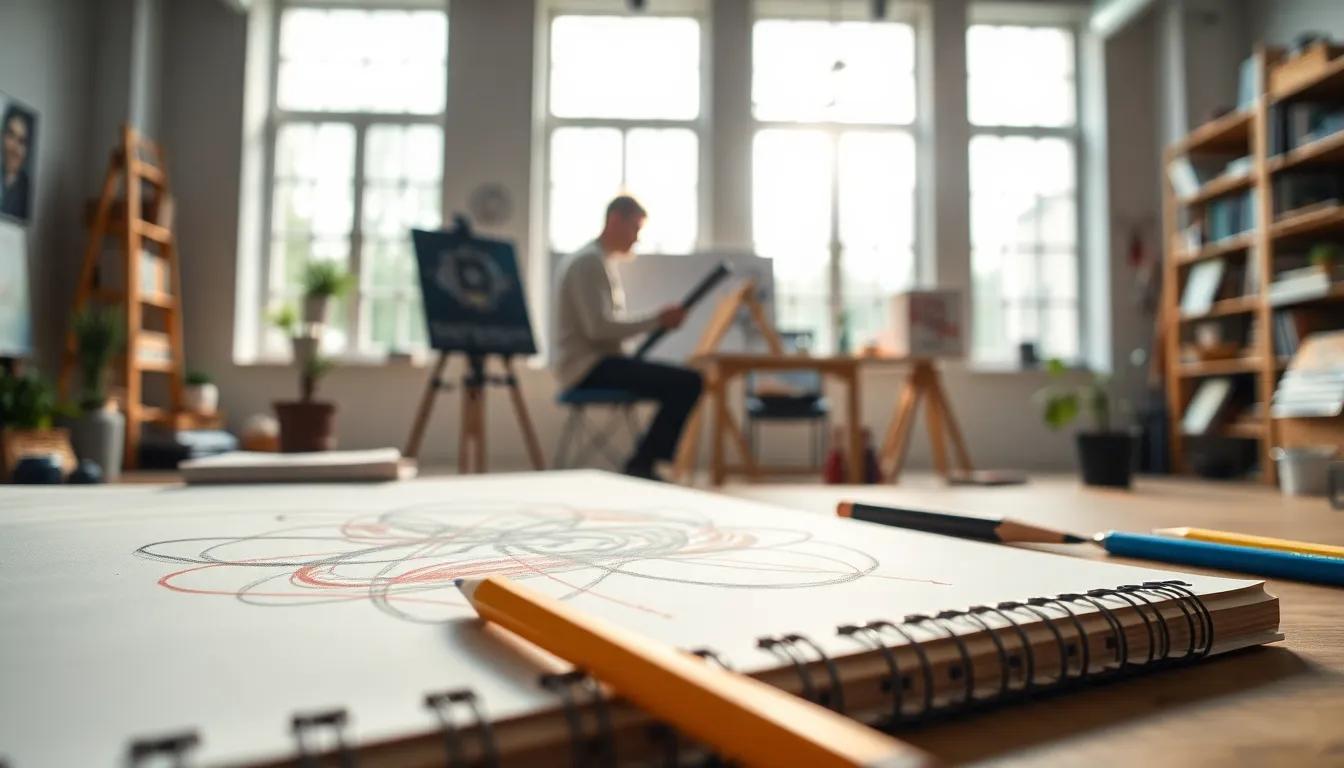
Innovative Sketch Ideas for Creative Art Expression
Introduction
In modern artistic expression, sketching stands as both a foundational practice and a powerful form of creativity. This art form allows artists to rapidly capture their thoughts, surroundings, and inspirations, serving diverse purposes—be it planning for a detailed painting or simply exploring ideas visually. Innovative sketch ideas can transform a blank page into a playground of imagination, giving artists the freedom to experiment with styles, mediums, and techniques. Whether you are a budding artist or a seasoned professional, understanding various sketch methods can greatly enhance your creative potential and artistic expression.
Sketching involves more than just creating quick outlines; it encompasses a vast array of techniques that blend freely executed lines and shading to communicate depth, emotion, and narrative. With innovative sketch ideas, artists can invigorate their practice, pushing beyond traditional boundaries to embrace new concepts and forms. This article delves into an array of sketch inspirations aimed at nurturing creativity, offering insights into methods that can ignite the spark of innovation and expression.
Understanding the Basics of Sketching
Sketching serves as a bridge between imagination and visual expression, encapsulating thoughts and ideas into tangible forms. At its core, sketching involves using various techniques to quickly capture the essence of a subject without committing to a fully realized piece of art. This fluidity allows for a range of styles, from loose, spontaneous marks to focused and refined outlines, enabling artists to convey their unique perspectives.
Among the essential techniques for effective sketching are gesture drawing, shading, and contour drawing. Gesture drawing emphasizes capturing the movement and energy of a subject, providing an artist with the ability to portray dynamic poses and interactions. Shading, on the other hand, introduces depth and dimension, transforming flat shapes into three-dimensional forms through light and shadow. Contour drawing allows artists to outline the edges of a subject, enhancing the understanding of its form while encouraging careful observation.
For beginners and seasoned artists alike, the choice of tools significantly impacts the sketching process. Essential tools include pencils, charcoal, ink pens, and sketchbooks. Each medium has its own characteristics and advantages; for instance, pencils offer versatility with varying hardness levels, while ink pens lend a sense of permanence and crispness to sketches. A quality sketchbook, ideally with paper suited for the chosen medium, provides a portable canvas for spontaneous ideas and explorations.
The importance of sketches as a medium for creative expression cannot be overstated. Artists often utilize sketches to visualize concepts, experiment with compositions, and develop ideas before committing to larger works. This formative stage allows for exploration and error, fostering a deeper understanding of one’s creative voice. Sketches act as a diary of thoughts, capturing fleeting moments of inspiration that can ignite future projects.
Many notable artists, like Leonardo da Vinci and Vincent van Gogh, employed sketching as a process of discovery, allowing them to test ideas and refine techniques. When one picks up a pencil to sketch, it opens a dialogue between the mind and hand, giving life to creativity’s whisperings. In essence, the act of sketching is not just a means to an end; it is an integral part of an artist’s journey, offering insight, freedom, and connection to their artistic vision.
Finding Inspiration Sources and Ideas
Common Sources of Inspiration for Sketching
Finding inspiration for your sketches can greatly enhance your creative process. One dynamic source is nature. The intricacies of flora and fauna can provide endless subject matter. Observing the interplay of light and shadow on leaves, the textures of bark, or the graceful movements of animals can spark new ideas. Similarly, urban landscapes offer a rich tapestry of shapes, lines, and colors. Skyscrapers, winding streets, and bustling markets all tell a story waiting to be captured in your sketchbook.
Everyday objects should not be overlooked as potential catalysts for creative expression. A simple cup, an ornate piece of furniture, or a fascinating arrangement of tools can reveal unique perspectives when viewed through a sketching lens. Take the time to examine these items from various angles, and you may find beauty hidden in the mundane.
Cultivating a Habit of Observation
To maximize your ability to draw inspiration from your surroundings, cultivating a habit of observation is key. Begin by setting aside designated time for unstructured exploration. This can involve leisurely walks through a park, city streets, or even your own neighborhood. Engage all your senses; take note of colors, sounds, and smells. Consider keeping a sketchbook handy to jot down your impressions, whether through rough sketches or notes about what catches your eye.
Another effective technique is practicing mindfulness during your observation sessions. This means truly immersing yourself in the moment. Rather than merely glancing at a scene, allow your mind to wander through every detail. What stories do the scenes around you tell? How do different elements relate to one another? This deeper level of engagement often leads to unexpected insights and fresh visual ideas.
Participating in local art walks, nature hikes, or community events can also foster connections with fellow artists and inspire new concepts. Sharing experiences and challenges can ignite your own creative spark, revealing new angles to explore in your sketching. By making observation a purposeful part of your routine, you’ll build a rich reservoir of inspiration, greatly enhancing your artistic expression through innovative sketch ideas.
Exploring Different Sketching Styles
Finding Your Unique Style
Sketching is a canvas where creativity can blend a multitude of styles, ranging from lifelike representations to explorative abstractions. The diversity in sketching styles not only allows for a spectrum of artistic expression but also invites artists to venture beyond conventional methods. Artists can draw inspiration from various cultures, historical movements, or even their personal experiences to shape a distinctive style that resonates with them.
Realism, for instance, demands a keen eye for detail and an understanding of light, shadow, and form. Artists who prefer this style often focus on precise proportions and intricate textures, portraying subjects with remarkable accuracy. Their sketches serve not only as art objects but also as truthful interpretations of the world around them. Individuals drawn to this style might engage in practices such as life drawing or portrait studies, benefiting from an observational approach that enhances their skills.
In contrast, abstract sketches prioritize sentiment and conception over traditional representation. Featuring bold lines, colors, and dynamic shapes, abstract sketching allows artists to convey emotions without the constraints of realism. This style can be liberating, encouraging experimentation and personal introspection. Artists may use free association to guide their hands, letting their emotions inform their strokes. The end results often lead to deeply personal artworks that provoke discussion and interpretation.
Many artists find joy in blending these styles to create a unique visual language. A fusion of realism and abstraction can produce captivating sketches that capture complex themes while maintaining aesthetic appeal. For instance, a partially realistic figure surrounded by abstract elements can suggest a narrative that merges the tangible with the ethereal. Artists exploring this hybrid technique might enjoy a rich, multifaceted expression that speaks to both their technical abilities and creative instincts.
Embracing Exploration and Experimentation
The process of finding one’s unique style is an evolving journey filled with exploration and self-discovery. Artists should encourage themselves to experiment with different techniques and mediums, whether charcoal, ink, or digital tools. Engaging in cross-disciplinary practices can also inspire innovation. Sketch along with others or attend workshops that expose you to varying styles and perspectives; such experiences can help refine your artistic voice.
By embracing the diversity of sketching styles, artists unlock new dimensions of creative potential, allowing their imagination to flow freely and authentically. Through this exploration, individuals can discover deeper connections to their work, enriching the artistic narrative they wish to convey. Stretch the boundaries of your art and enjoy the adventure of shaping a style that truly reflects your unique vision.
Incorporating Mixed Media in Sketches
Expanding Horizons with Mixed Media Techniques
The concept of mixed media in sketching opens a vibrant world of creative possibilities. By merging various materials and techniques, artists can enrich their sketches, creating dynamic works that communicate deeper narratives and emotions. Unlike traditional methods that often confine artists to a specific medium, the mixed media approach encourages experimentation, unlocking avenues for artistic expression that may not have been explored otherwise.
To incorporate mixed media into your sketches, consider combining different materials such as pencils, ink, watercolors, acrylics, textured papers, and even found objects. For instance, start your sketch with a simple pencil outline, then enhance it using vibrant watercolors or markers to add layers of color and texture. Following this, experiment with ink to introduce sharp lines or intricate patterns, contrasting the softness of the watercolors. The juxtaposition of such materials can evoke a compelling narrative that resonates with viewers.
Innovative Methods to Create a Unique Artistic Voice
Each artist can develop a unique voice through the intelligent application of mixed media. Consider techniques such as collage, where snippets of photographs or fabric can be integrated into your sketches, breathing life into the artwork by introducing real-world elements. This technique can create a refreshing backdrop against which your original sketches can stand out. You might also explore layering techniques: using transparent mediums, such as gelatin prints or tracing papers, can bring depth and intrigue to your sketches.
Patterns and textures can also play a critical role in enhancing the visual appeal of your sketches. Using materials like sand, textile fibers, or even natural elements can offer unexpected textures that draw the viewer’s eye. For example, adhering pieces of fabric can suggest movement, while sand can add an earthy feel to coastal scenes.
Incorporating mixed media in sketches not only expands your arsenal of artistic tools but also challenges you to think outside the box. Artists who embrace these innovative techniques often discover a joyous freedom in creation, allowing their imagination to wander and explore beyond traditional boundaries. This approach fosters a richer understanding of form, composition, and color, paving the way for a more personalized artistic journey.
Sketching from Imagination vs Reference
Comparative Insights into Sketching Approaches
Sketching serves as a vital foundation in artistic expression, with two predominant techniques: sketching from imagination and sketching from reference materials. Each method carries distinctive benefits and limitations that can influence an artist’s workflow and the resulting artwork.
When sketching from imagination, artists draw upon their internal landscapes, creating purely from thought and emotion. This approach fosters a unique sense of originality, allowing for unbounded creativity. The strength of this technique is the unrestricted imagination it invites; artists can forge new worlds, characters, and ideas that may not exist in reality. As a result, this method enables a deeper connection to personal expression and experimentation, promoting individual voice and style.
This imaginative style presents challenges. Artists may struggle with proportion, perspective, and anatomical accuracy since they depend solely on mental visualization. The risk of inconsistencies increases, as one navigates the boundaries of their creative capacity. This can lead to frustration, particularly for those developing their skills or seeking realism in their work.
In contrast, sketching from reference materials involves utilizing photographs, live models, or real-life scenes as guides. This method offers a clear advantage in accuracy, helping artists hone their technical skills while ensuring that the dimensional and spatial qualities of their subjects are well-represented. Reference materials act as teaching tools, allowing artists to analyze form, light, and texture effectively. Through observation, artists can quickly build their portfolios and expand their visual lexicon.
The weakness of relying on reference material is the potential for stifling creativity. Some artists may find themselves constrained by what they see, limiting the exploratory aspect of their work. The danger lies in replicating rather than interpreting, which may inhibit personal style development. Furthermore, excessive reliance on references can lead to a lack of confidence in one’s imaginative capabilities.
Both sketching techniques offer valuable lessons in their own right. A balanced approach can yield the best artistic growth, encouraging artists to engage their imagination while also grounding their skills in reality. Whether sketching from imagination or reference, both methods can enhance creative art expression, allowing individuals to unlock their artistic potential.
Evolution of Sketching in Digital Art Advancements
The transformation of sketching in digital art has radically shifted the way artists express their creativity. Technology has provided tools that not only enhance the sketching process but also expand the possibilities of artistic expression. Digital sketching, with its array of functionalities, has influenced artistic styles and approaches across various genres.
Innovative Tools and Applications for Digital Sketching
A range of innovative tools and applications has emerged, offering artists unprecedented flexibility and efficiency in creating sketches. Prominent software such as Adobe Fresco and Procreate has become favorites among artists, allowing for intuitive interfaces that replicate traditional techniques while adding modern flair. These applications provide features like brush customization, layering, and an extensive color palette, enabling artists to outline ideas, create drafts, and finalize works all within the same platform.
The advent of stylus technology, especially devices like the Apple Pencil and Wacom tablets, plays a significant role in achieving precision and fluidity in digital sketches. Artists can enjoy the tactile sensation familiar to traditional sketching while experiencing the efficiency of digital tools.
Many of these digital applications come equipped with tutorials and community features, making it easier for budding artists to learn and grow. Access to countless resources expands the horizon of creativity, transforming initial sketches into polished pieces capable of standing alone or serving as a foundation for more extensive projects.
Impact of Technology on Art Creation
The influence of technology extends beyond just tools; it reshapes the approach to art creation itself. Artists now engage in sketches that incorporate mixed media elements, utilizing both hand-drawn methods and digital effects seamlessly. The ability to manipulate sketches digitally enables experimentation with different visual styles and concepts without the permanence associated with traditional mediums.
Digital sketches open pathways to innovative storytelling methods, where artists can integrate animation and interactive elements. This new dimension of creativity allows for deeper audience engagement and offers fresh interpretations of art. Incorporating audio and visual effects transforms static images into dynamic narratives, pushing the boundaries of artistic expression.
As digital sketching continues to evolve, it merges the imaginative power of traditional sketching with the capabilities of modern technology, resulting in a rich tapestry of art that invites experimentation and expression. This dynamic interplay not only enhances the artistic process but also enriches artist communities, encouraging the sharing of ideas and techniques that inspire future innovations in sketching.
Showcasing Your Sketches
The Value of Sharing Your Work
Sharing your sketches with a community opens doors to valuable feedback and inspiration. As artists, we often become attached to our creations, making it difficult to assess their strengths and weaknesses objectively. By presenting your work to others, you invite a diverse range of perspectives that can highlight aspects you might have overlooked. Constructive criticism can provide clarity and motivate you to push the boundaries of your creativity further.
In today’s interconnected world, platforms such as social media and art forums provide ideal spaces for displaying your sketches. Engaging with fellow artists and enthusiasts not only allows you to showcase your work but also encourages dialogue. Participating actively in such communities fosters a sense of belonging and can lead to fruitful collaborations. The exchange of ideas can spark new concepts, techniques, and styles, further contributing to your personal growth as an artist.
Gaining Confidence and Building Your Portfolio
Regularly showcasing your sketches can build confidence over time. When others appreciate your work, it reinforces your belief in your artistic abilities. In contrast, when you encounter critiques, viewing them as learning opportunities rather than setbacks can accelerate your artistic journey. Building a habit of sharing your sketches allows you to document your growth over time, resulting in a comprehensive portfolio that reflects your evolving skills and diverse experiences.
The act of sharing often leads to personal connections within the community. Artists tend to support one another, fostering a spirit of encouragement. Feeding off the energy and creativity of like-minded individuals can reignite your passion and help stave off creative blocks.
Showcasing your work can lead to unexpected opportunities. You may catch the eye of industry professionals or other artists looking for collaboration. Contests, commissions, or exhibitions may arise from your visibility in the community, allowing you to explore new facets of your talent. Embracing this approach instills a proactive mindset, enriching your artistic journey.
Sharing your sketches integrates you into a vibrant community that values creative expression and growth. The feedback you receive not only sharpens your skills but also elevates your passion for art, creating a cyclical process of learning, sharing, and evolving. Engaging with the community will pave the way for your artistic endeavors, igniting invaluable experiences that transcend mere sketching.
Conclusions
The world of sketching is illuminated by an array of innovative ideas that can inspire and nurture artistic creativity. From line drawings to advanced shading techniques, every method offers unique possibilities for self-expression. By experimenting with these innovative sketch ideas, artists can expand their skills, influence their primary art forms, and discover personal style. The ability to sketch effectively is not only a critical skill for artists but also an exciting avenue for creative exploration.
Embracing innovative sketch techniques can lead to profound artistic growth. Whether used to record fleeting moments or develop complex ideas, sketches serve as an invaluable tool in the creative arsenal. As you explore various methods and inspiration, remember that each sketch is a step along your artistic journey, a visual diary that captures your unique perspective and artistic vision.
